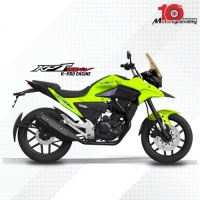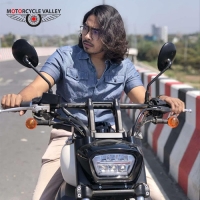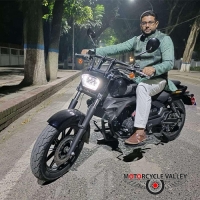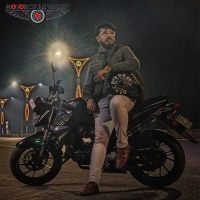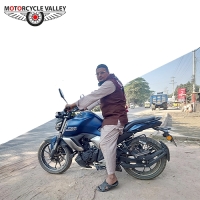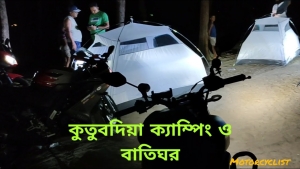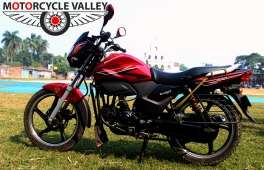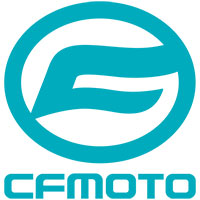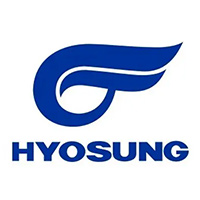Motorcycle having facilities of car
Motorcycle having facilities of car
Driving a car is safer and more comfortable, but traffic and parking can be annoying.
What if you got rid of the bad parts of both?
You might end up with something like the C-1, an electric motorcycle that looks as if it came out of the movie “Tron.” For protection, the bike is encased in a metal shell, and it is controlled like a car, with a steering wheel and foot pedals. Two big gyroscopes under the floor are designed to keep it from tipping over, even when a car hits it from the side. The C-1’s top speed is 120 miles an hour, and it can travel 200 miles on a full charge, reports The New York Times.
A small start-up called Lit Motors is developing the C-1 in a three-story warehouse in San Francisco. Its 33-year-old chief executive, Daniel Kim, was tinkering with a biodiesel sport utility vehicle eight years ago when a 500-pound chassis nearly crushed him. The experience got him thinking about cutting out the bulk.
“Most people drive alone,” Mr. Kim said in an interview. “Why not cut the car in half? I was really into bicycles at that time and I thought why can’t we have the efficiency of a bicycle and motorcycle but all the amenities of a car?”
Fully electric vehicles have long been a dream among environmentalists and technologists, but companies have found it hard to deliver affordable and practical vehicles to the mass market. One of the biggest names in this field is Tesla Motors, which makes expensive sports cars and has had trouble increasing manufacturing.
But Lit Motors, which has just 10 people on staff, thinks it can bring the benefits of an electric vehicle even to those who aren’t rich. Kim says his motorcycle will be money-saving, safe to drive and simple to build.
The main culprit in the high price of electric vehicles is the battery, said Dan Sperling, a professor of civil engineering and environmental science and policy at the University of California, Davis and director of its Institute of Transportation Studies. Unlike computer chips and digital storage, which have improved rapidly while dropping in price, battery technology has made slow progress, he said, so vehicle batteries are still bulky and pricey.
The other challenge, Dr Sperling said, is that most people are not ready to embrace electric vehicles yet. Consumers could be nervous about the reliability and maintenance of such an expensive purchase — buggy software, for example, could lead to more serious consequences than it would on something like a smartphone. That’s why many auto companies have stuck to making hybrid vehicles, which use both gas and electricity and are more affordable, easier to produce and more familiar to drivers.
“It’s not like when you buy an iPhone and you throw it out or don’t use it as much when it gets old,” Dr Sperling said. “Unlike an iPhone or Windows system, it can’t crash — it has to perform with high reliability all the time.”
Kim, who dropped out of Reed College and the University of California, Berkeley and later studied industrial design at the Rhode Island School of Design, has plans to overcome those obstacles. The motorcycle is lighter than a car so its batteries can be smaller and cheaper. And to improve reliability, the system is equipped with more components than it actually needs, Kim said.
The C-1’s secret weapons are the gyroscopes that allow it to balance itself, similar to the approach used in the Segway scooter. In a video, the company shows the bike remaining upright as a car yanks it from the side. Only one gyroscope is needed to maintain balance, but there are always two running; each gyroscope has redundant computer chips, controllers and sensors, so if any one of those fails, there are extras to back it up.
The bike is made up of 2,200 parts, or one-tenth the number in the average car, which should make it easier to mass-produce, Kim said. He plans to start manufacturing the motorcycle in the United States.
There are two main target markets for the vehicle, said Ryan James, chief marketing officer for Lit Motors: motorcyclists between 45 and 60 years old who are concerned about safety but don’t want to give up their two-wheeler and younger commuters who live in urban or suburban areas where driving a car can be a bother or feel wasteful.
Still, Kim’s start-up, which is on a hiring spree, faces some tough hurdles. So far it has raised just $720,000 from early investors and another $80,000 from family and friends. It will have to get people to buy a vehicle they haven’t had a chance to drive or even see in real life — and spend some serious money on it. Each motorcycle will cost $24,000 for the first production run of 1,000 in 2014, Kim said, and he hopes to bring the price down to $14,000 by around 2016, putting it in the range of a nice Ducati motorcycle or an entry-level car like a Honda Fit.
The company is already taking early orders and down payments on its Web site. About 250 people have signed up.
Kim said the company plans to team up with car dealerships in California, San Francisco and Los Angeles, in addition to selling the bikes online. And next summer, James will be driving an early version of the electric motorcycle to college campuses and conventions to show it to people and let them test-drive it. The company is also working on smartphone apps so C-1 owners can be part of their own social network.
Kim has his doubters. Kevin See, an analyst with Lux Research, which studies electric vehicles and alternative energy, said the motorcycle might appeal only to a small niche, and the initial price tag would be much higher than most people were willing to pay for a two-wheel vehicle. There are also plenty of more affordable vehicles on the market that perform well and already have a trusted brand, he said.
“It’s very tough to roll out a vehicle of any kind with such a significant price premium versus an incumbent,” he said. Kevin said the C-1 reminded him of Aptera Motors, a start-up that tried to sell a futuristic car but went out of business in December.
Dr Sperling of the University of California said the biggest challenge for Kim would be finding buyers for the vehicle and then finding the means to deliver it.
“He’s got some clever ideas, and it really comes down to questions that all these companies face, and that is can they find a market for the product, and can they actually do the manufacturing in an efficient and effective way?” Dr Sperling said.
Still, he said he was optimistic about the company’s chances.
“There are people who want to do something to save the world, make a contribution to it, do something both in terms of energy and climate,” he said. “If it’s cool and good for the world, you’ve got a winner.”
Bike News

CFMoto is currently the most exciting motorcycle brand in the sports bike segment in the Bangladeshi motorcycle market, one of...
English Bangla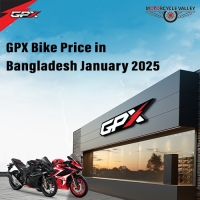
Among the foreign premium quality brands, one of the best motorcycle brands in Bangladesh is the Thai brand GPX, which is main...
English Bangla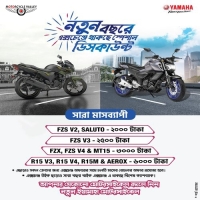
A unique arrangement of Yamaha in customer service is Bike Exchange which is only offered by Yamaha throughout the year for Ya...
English Bangla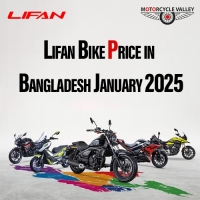
Lifan is a very well-known name among bike lovers in Bangladesh and one of the reasons for this recognition is to provide the ...
English Bangla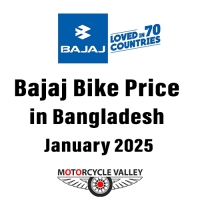
A large portion of those who use bikes for general needs in Bangladesh recommend buying Bajaj bikes in terms of buying advice ...
English Bangla



